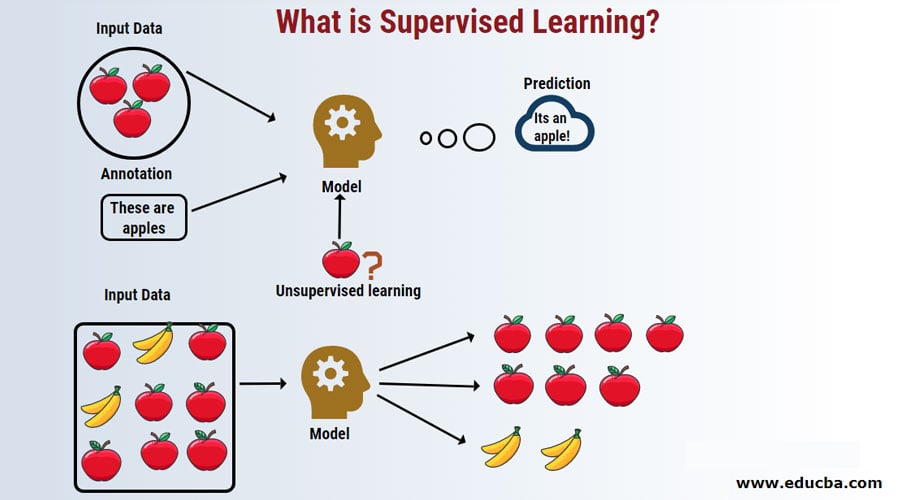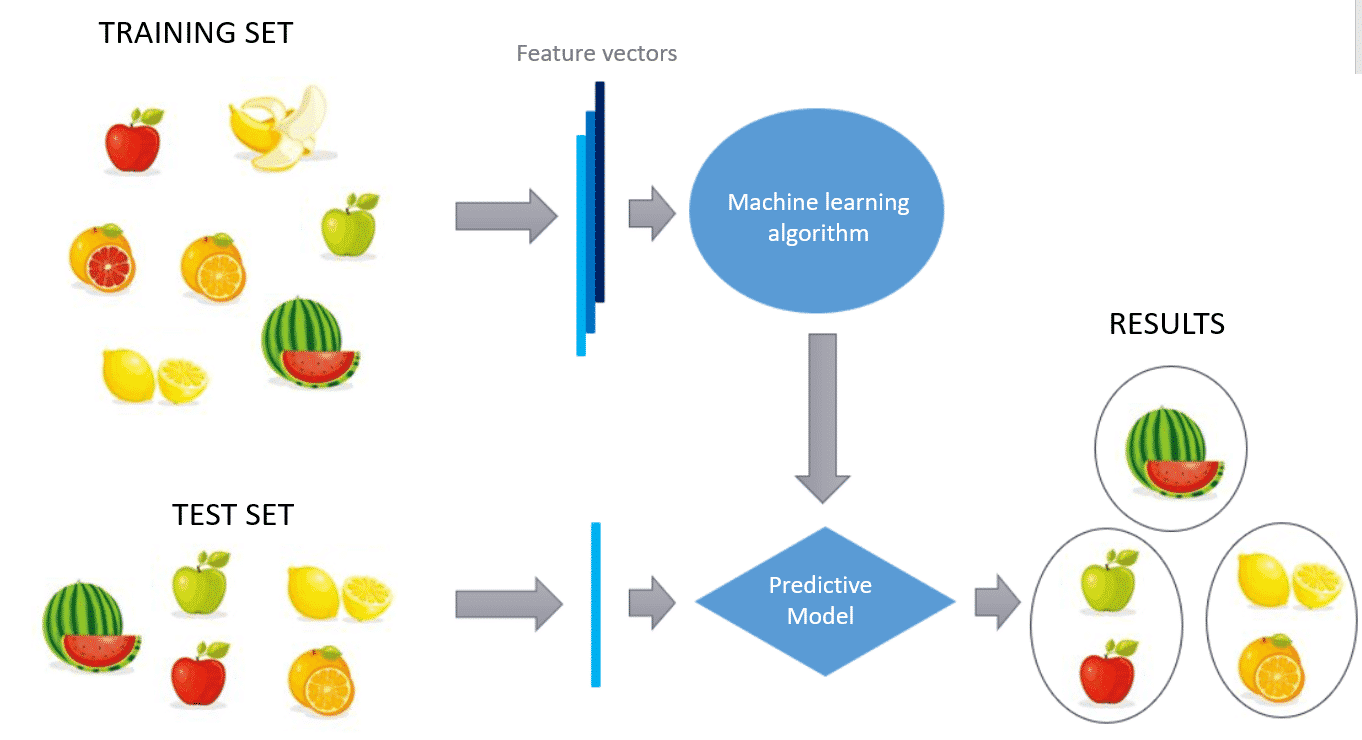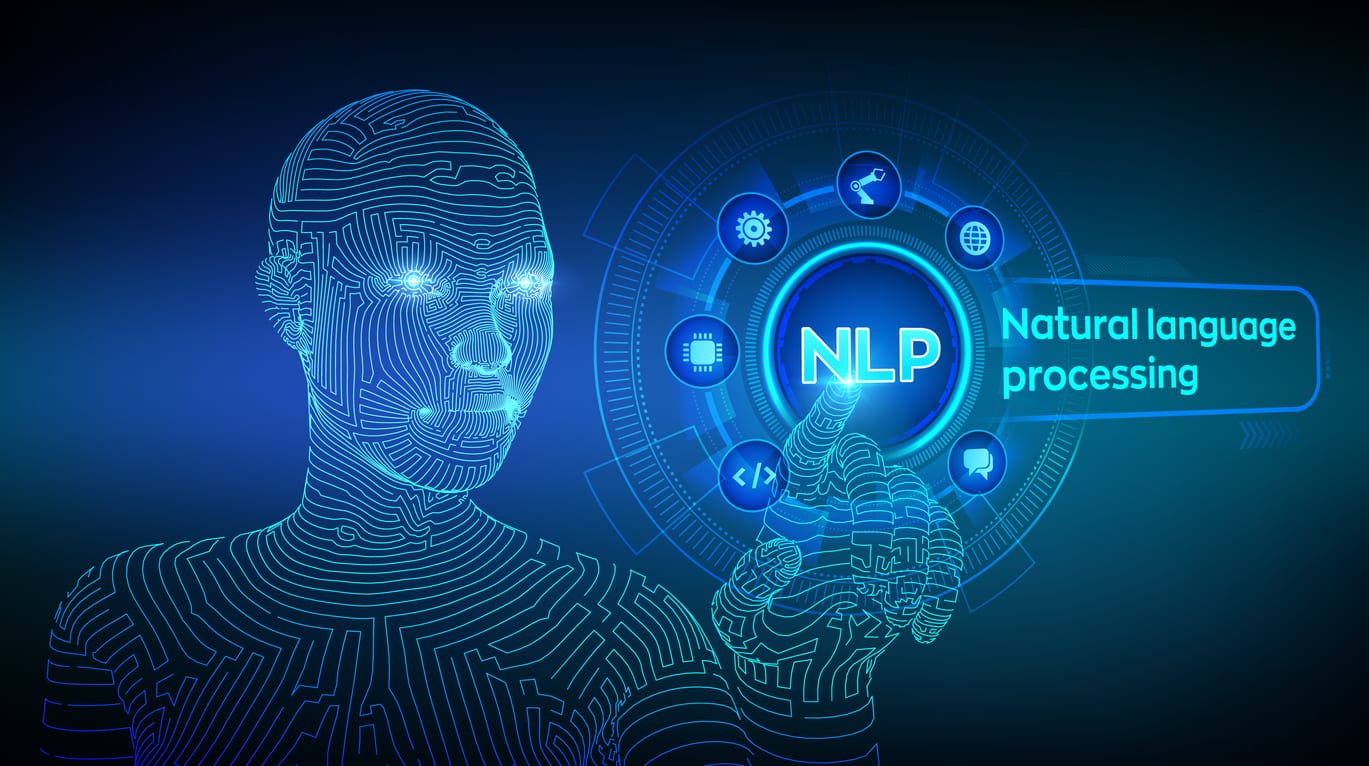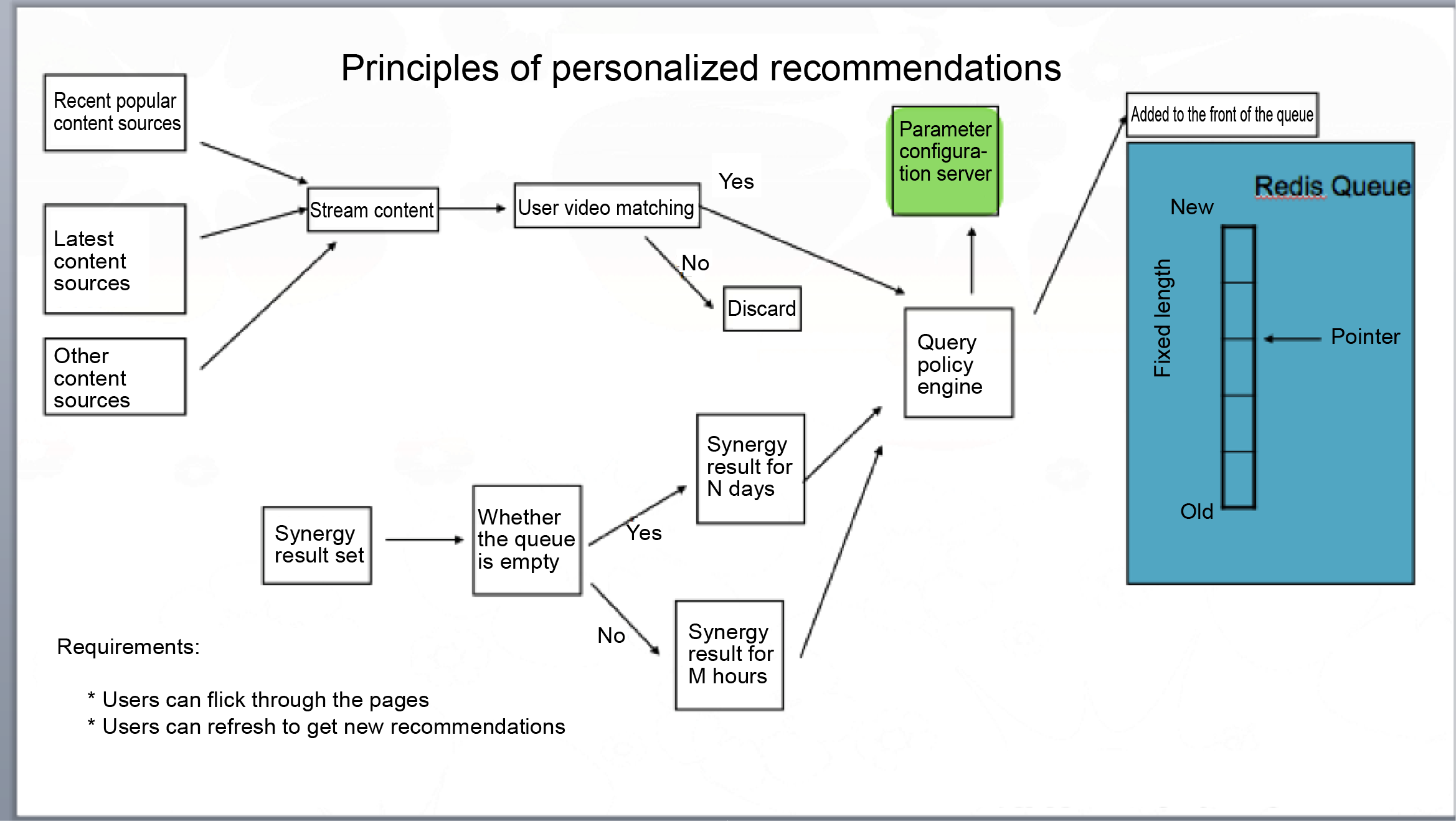Application Of Machine Learning Presentation
| Introduction to Machine Learning | ||
|---|---|---|
| Machine learning is a subset of artificial intelligence that focuses on developing algorithms and models that enable computers to learn and make predictions or decisions without explicit programming. It is widely used across various industries, including healthcare, finance, retail, and entertainment. Machine learning algorithms can analyze large datasets and extract valuable insights, enabling organizations to automate processes, improve decision-making, and enhance customer experiences. |  | |
| 1 | ||
| Supervised Learning | ||
|---|---|---|
| In supervised learning, the algorithm learns from labeled data, where the desired output is known. It involves training the model on a dataset with input-output pairs and then using the trained model to make predictions on new, unseen data. Supervised learning is widely used for applications such as spam detection, image recognition, and credit scoring. | ||
| 2 | ||
| Unsupervised Learning | ||
|---|---|---|
| Unsupervised learning deals with unlabeled data, where the algorithm learns patterns and structures without any predefined output. It is useful for tasks like clustering, anomaly detection, and recommendation systems. Unsupervised learning can uncover hidden relationships or groupings within the data, providing valuable insights for businesses. | ||
| 3 | ||
| Reinforcement Learning | ||
|---|---|---|
| Reinforcement learning involves an agent interacting with an environment, learning to make decisions or take actions to maximize a reward. It is commonly used in robotics, gaming, and autonomous vehicles. Reinforcement learning algorithms learn through trial and error, continuously improving their performance based on feedback from the environment. | ||
| 4 | ||
| Natural Language Processing (NLP) | ||
|---|---|---|
| NLP is a subfield of machine learning that focuses on understanding and processing human language. It enables applications such as sentiment analysis, language translation, and chatbots. NLP algorithms can analyze text data, extract meaning, and generate human-like responses, making it a critical technology in today's digital world. | ||
| 5 | ||
| Computer Vision | ||
|---|---|---|
| Computer vision algorithms enable machines to understand and interpret visual data, such as images and videos. It is used in applications like object recognition, image segmentation, and autonomous driving. Computer vision helps machines perceive and interpret the visual world, enabling them to perform tasks that were previously exclusive to humans. | ||
| 6 | ||
| Fraud Detection | ||
|---|---|---|
| Machine learning is extensively used in fraud detection systems across industries, including banking, insurance, and e-commerce. By analyzing patterns and anomalies in transaction data, machine learning algorithms can identify fraudulent activities in real-time, minimizing financial losses. The ability to adapt and learn from new fraud patterns makes machine learning crucial in combating evolving fraud techniques. | ||
| 7 | ||
| Personalized Recommendation Systems | ||
|---|---|---|
| Recommendation systems leverage machine learning to provide personalized suggestions to users, based on their preferences and behaviors. These systems are used in e-commerce platforms, streaming services, and social media platforms. Machine learning algorithms analyze user data, such as purchase history or viewing habits, to recommend products, movies, or content tailored to individual users' interests. | ||
| 8 | ||
| Predictive Maintenance | ||
|---|---|---|
| Predictive maintenance uses machine learning algorithms to predict equipment failures or maintenance needs before they occur. By analyzing sensor data from machinery or vehicles, algorithms can identify patterns indicative of potential failures, allowing businesses to take proactive maintenance actions. Predictive maintenance helps organizations reduce downtime, optimize maintenance schedules, and extend the lifespan of their assets. | ||
| 9 | ||
| Conclusion | ||
|---|---|---|
| Machine learning has revolutionized various industries by enabling automation, enhancing decision-making, and improving customer experiences. The applications of machine learning are vast and continue to expand as technology advances. To fully leverage the potential of machine learning, organizations need to invest in data collection, preprocessing, and model development, ensuring the quality and accuracy of their predictions and insights. | ||
| 10 | ||








